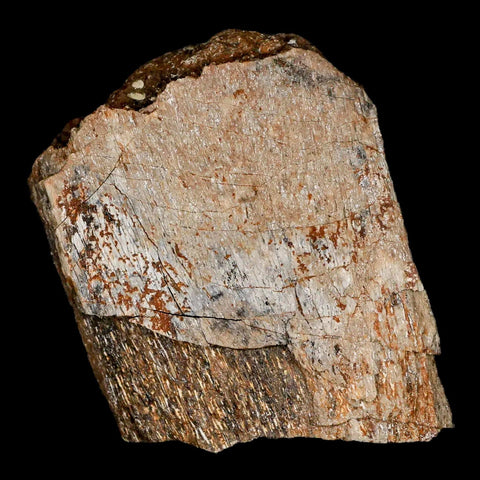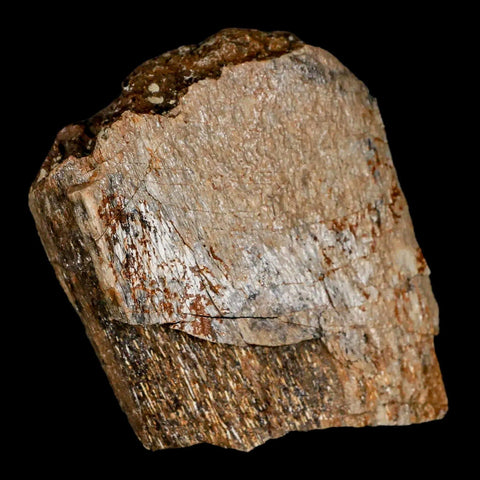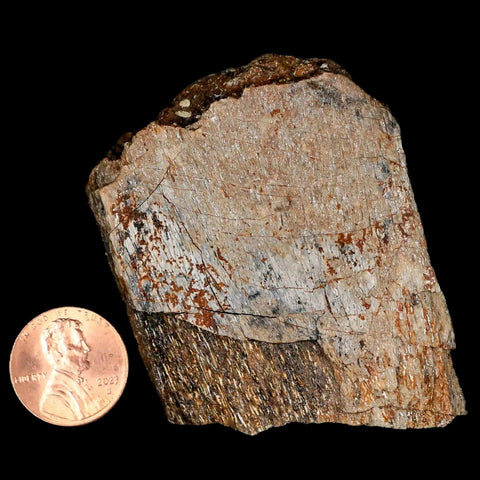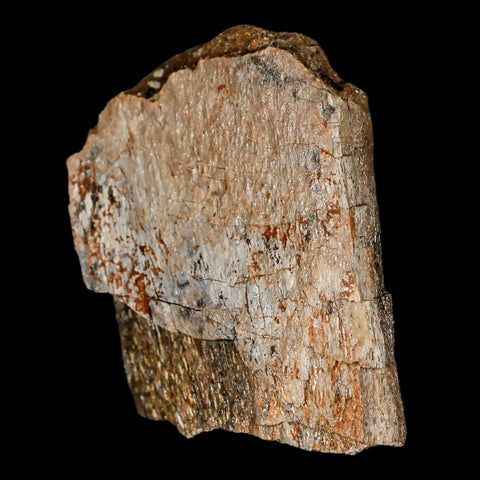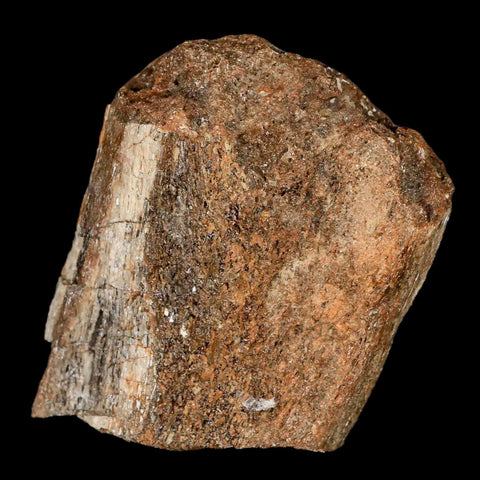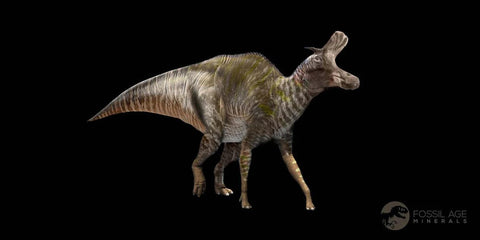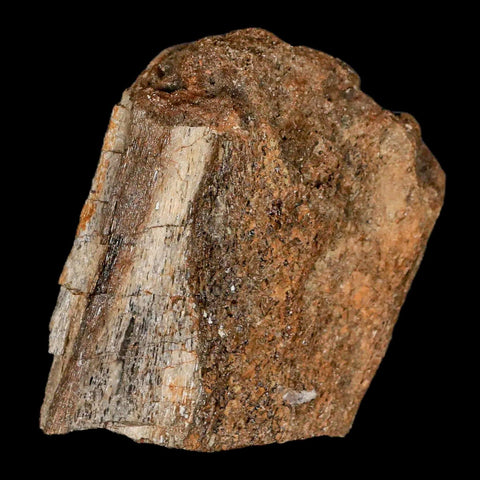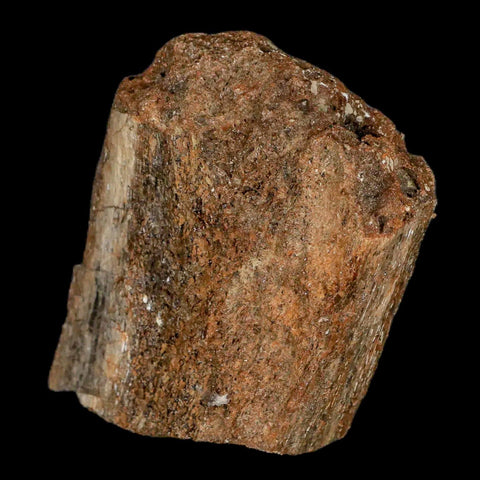2.4" Lambeosaurus Fossil Bone Judith River FM Montana Cretaceous Dinosaur COA
Location: Judith River Formation, Eastern Montana (Private Land Origin)
Weight: 3.5 Ounces
Dimensions: 2.4 Inches Long, 1.9 Inches Wide, 0.8 Inches Thick
Comes with a Certificate of Authenticity.
The item pictured is the one you will receive.
This is a genuine fossil bone.
Cretaceous Age 83.6 - 70.6 million years old.
Height: 7 ft.
Mass: 2,200 – 6,600 lbs
Eats: Maidenhair tree, Magnolia, Pine
Eaten by: Albertosaurus, Gorgosaurus, Daspletosaurus
Lambeosaurus roamed the Earth around 83.6 to 70.6 million years ago during the Late Cretaceous Period. Named after Lawrence Lambe, its title means “Lambe’s lizard.” This giant beast stretched 40 to 50 feet long, stood 7 feet tall at the hips, and tipped the scales at about 5 tons. Sporting a sharp duckbill and a striking bony crest atop its skull, this speedy bipedal herbivore could likely sprint up to 30 miles per hour—an essential skill to outrun the fierce predators lurking at the time.
It was the first duck-billed dinosaur to have been found in North America, and many specimens of it have been found not only in Alberta, Canada, but also in Montana, USA, and in Baja California, Mexico. This dinosaur’s diet probably consisted of plant life that existed in these areas at that time. Plants such as conifers, ginkgos, and magnolias were probably the main staple of this dinosaur’s diet.
A notable feature of Lambeosaurus is its predominantly hollow cranial crest, which has led paleontologists to propose various explanations for its purpose. Some researchers suggest the crest may have housed salt glands, others believe it could have enhanced the dinosaur’s sense of smell, while some theorize it functioned to trap air to produce sounds. Although these hypotheses remain unconfirmed, the most widely supported idea is that the crest was primarily used for sound production.
It is also believed that these dinosaurs may have congregated in great herds. This would have given them some protection against predators and would have allowed them to protect the smaller members of their group more easily.



